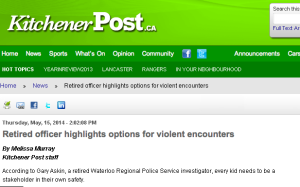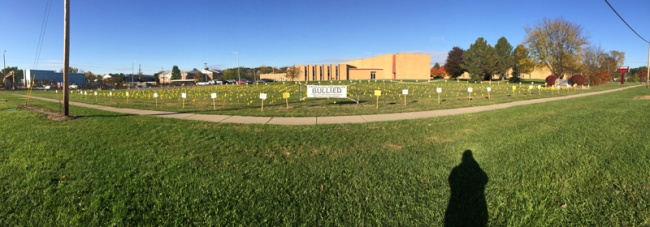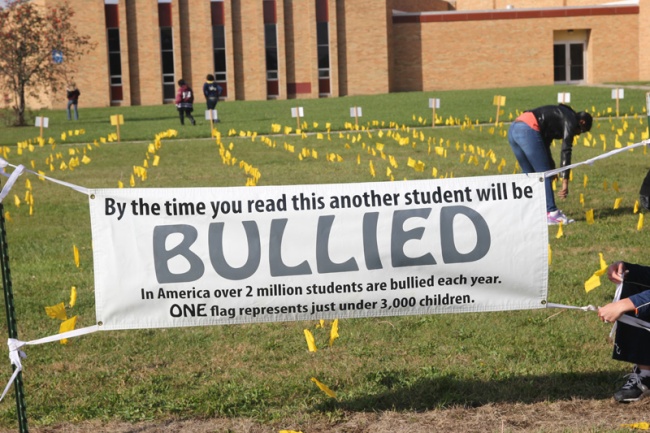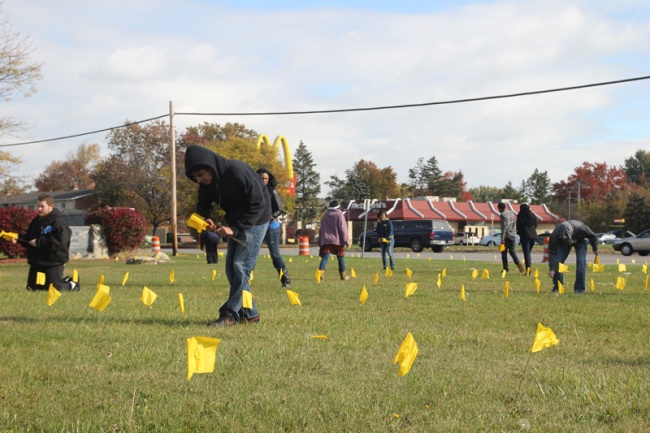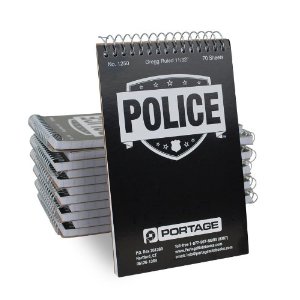
Is Medical Marijuana Safe? Does anyone really know?
By Gary Askin
————————-
As of April this year, Canadians have a new way of accessing marijuana in Canada. The new regulations, can be found under the Health Canada website under the Marijuana for Medical Purposes (MMPR) regulations.
With Liberal leader Justin Trudeau calling for marijuana legalization and an anticipated 1.3 billion dollar a year (by 2024) pot industry about to explode,corporate executives are now eagerly rubbing their hands together and lining up to get into the legal pot business.
But with all the fuss and giddy anticipation one wonders; is medicinal marijuana actually safe to use? Did it pass through Health Canada’s time consuming, arduous approval process, as every other drug has to, before it is unleashed on Canadians? Have we conducted appropriate clinical trials? How about pharmacology, toxicology or micro biology testing?
This seemed like a simple question when I started my search at the Health Canada website. I found three companies listed as licensed marijuana producers.
Cannimed Ltd, Mettrum Ltd and a group called the Peace Naturals Project which were granted Health Canada’s approval to produce and sell marijuana to Canadians.
I checked their websites to see if they could assure me that their medical marijuana is safe for consumption. It’s interesting that Cannimed and the Peace Naturals websites, address marijuana safety in their FAQ section. Unfortunately, neither will answer their own question. Both responses are eerily similar and discuss testing for ingredients and contaminants, and a recall process “in the unlikely event of a problem”.
Wait a minute, what? They don’t elaborate on what kind of problem they refer to.
Mettrum doesn’t have a FAQ page on their website but state they will be offering a marijuana product that will meet or exceed 17% levels of Tetrahydrocannabinol (THC which is the active ingredient that makes you high)
You heard that right. 17 % THC.
If you’re my age the stuff they were passing around at the Flock of Seagulls concert in 1980, boasted a mind altering 1-2 % THC.

This reminded me of the scene from the movie TED where Mark Wahlberg’s talking stuffed bear is telling him of new highly potent strain of pot called “This may be Permanent”, “They’re Coming They’re Coming” and one blend called “Gorilla Panic”
17 % thc in marihuana- is that safe?
I did not get an answer from the licensed producers whether or not this new high-powered, ultra potent, medicinal marijuana is safe to use. I went back to Health Canada to ask the professionals. Surely the scientists who are tasked with our safety and health care needs and whose goal is to;
“Communicate information about disease prevention to protect Canadians from avoidable risks” and who’s mission is to provide Canadians with “credible information and reliable advice”
and can answer two simple questions pertaining to marijuana’s safety and approval process.
After 7 calls and an email to various divisions tasked with providing information on medical marijuana no one would or could answer my questions.
Each time I asked, I was directed to send an email asking the same questions.
No one would volunteer their last names and kept referring me back and forth from the MMPR program to the Regulatory Project Management Division to the Consumer Product Safety Division.
Same answer “send an email”.
I did get a call back from Christine Leroux an employee of the Regulatory Project Management Division, who felt I should call Healthy Environments and Consumer Safety Branch to get my answers.
I called them and asked the Health Canada employee;
“Did marijuana go through the same testing process as other approved drugs?”
His response “I’m not positive”
I asked “Is it safe to use?” I was told I would have to send an email as he could not comment on such an issue.
I replied “If you work for Health Canada and can’t tell me if a drug is safe to use? Do you know who can?
“No comment”.
I never dreamed that two simple questions would be so difficult to answer by the persons entrusted to look after the health and safety of Canadians.
After a day of attempting to get answers on marijuana safety and approvals from our entrusted Health Canada officials, and navigating throughout the massive Health Canada website, I stumbled upon a posting on the Health Canada website;
Cannabis (marihuana, marijuana) is not an approved therapeutic product and the provision of this information should not be interpreted as an endorsement of the use of cannabis for therapeutic purposes, or of cannabis generally, by Health Canada. Cannabis has not been authorized through the standard Health Canada drug approval process because the available scientific evidence does not establish the safety and efficacy of cannabis to the extent required by the Food and Drug Regulations for marketed drugs in Canada
http://www.hc-sc.gc.ca/dhp-mps/marihuana/info/cons-eng.php
There it was. The corporate messaging no one at Health Canada could give me.
It appears Health Canada doesn’t know if medical marijuana is safe (or effective).
This was a simple question. The answer was they just don’t know.
We have all heard stories of ground breaking medications being developed and used in other countries that Canadians can’t access as they haven’t been studied and approved.
Why is marihuana the exception and why did our government overlook all the protective rules and processes designed to ensure our safety, just to fast track this drug into our hands?

Health Canada has had its critics in the past. When it set up the initial Medical Marihuana Access program in 2000, it allowed prescribed users to grow pot in their own residences. The dangers of marihuana home grows have been well documented. Yet Health Canada allowed these potential fire hazards to exist throughout our country.
When requested by Waterloo Regional Police Chief Matt Torigian to identify these locations, to mitigate our community and EMS workers from potential explosions and or fires, Health Canada refused to divulge where they were located or even how many there were.
A follow up discussion with David Juurlink an MD, a clinical pharmacologist and drug safety researcher at Sunnybrook Health Sciences center in Toronto, about Health Canada’s decision to approve the addictive generic form of oxycodone stated:
“What little is known about how drugs are given the ok, would alarm Canadians dependent on them, and even the doctors prescribing them”
Health Canada never approved medical marijuana and yet with no scientific evidence of safety or efficacy, it’s available for use anyway.
When I pick up my cholesterol medication the pharmacist briefs me on dosages, contra-indications, how and when to take it and just in case Im not listening, he staples 3 more pages of information to my little pill bag.
Not the case with medical marihuana. With a prescription it will arrive on your door step. No briefing, no information on clinical trials or potential addiction. No idea what will happen when you consume it.
Unfortunately, if someone has an adverse medical reaction to the 17 % thc levels of our government sponsored marijuana ,it will not be because of a missed, miniscule detail or a small flaw in the system.
It will be because this is exactly how the system has been designed.
(ps as of January 24/2014 Health Canada stills hasn’t returned my emails with an answer)
Gary Askin is a recently retired police officer who is now a licensed private investigator.


